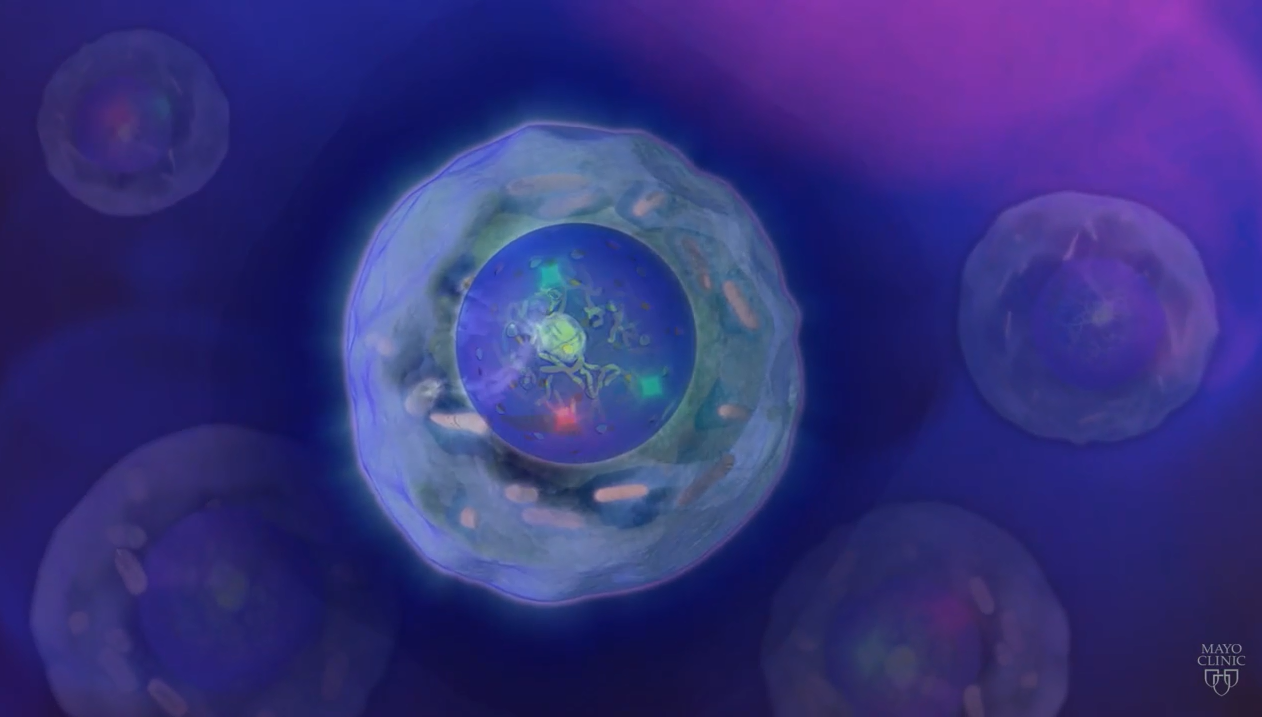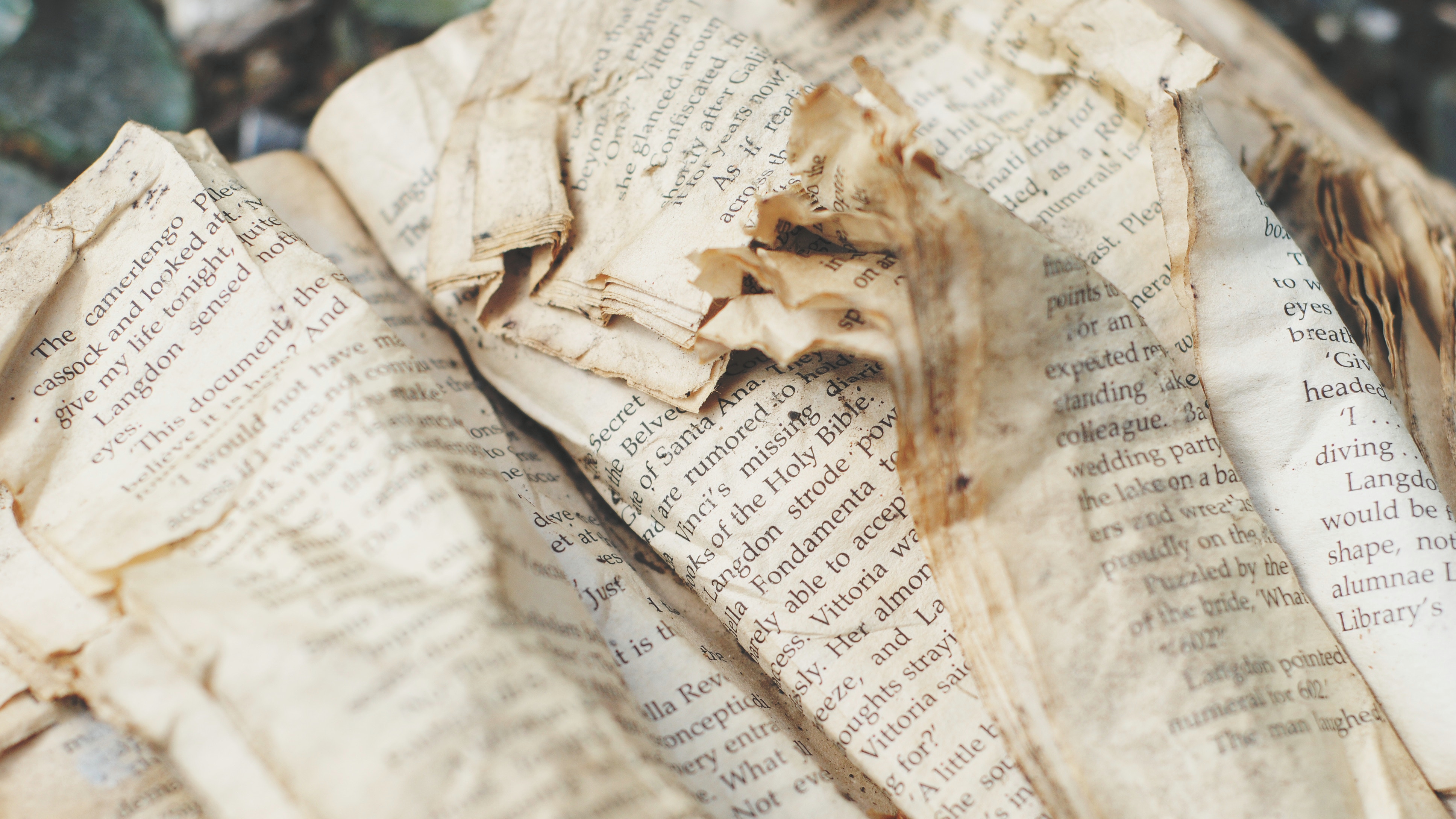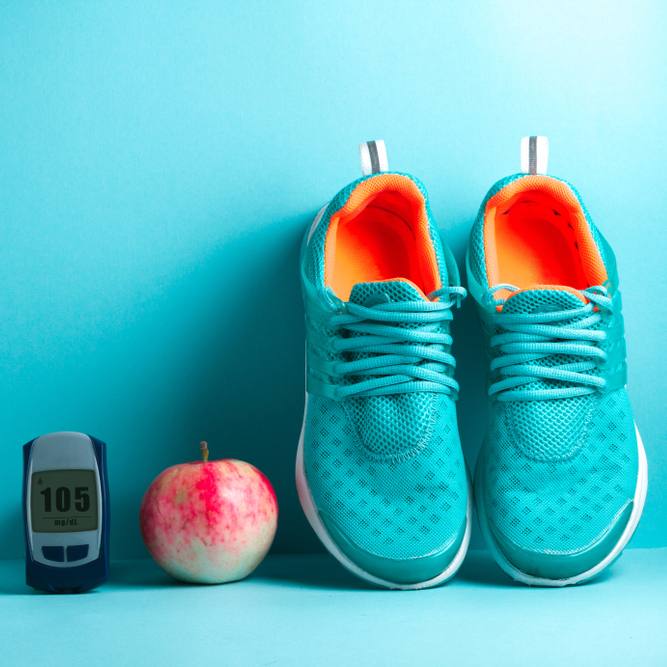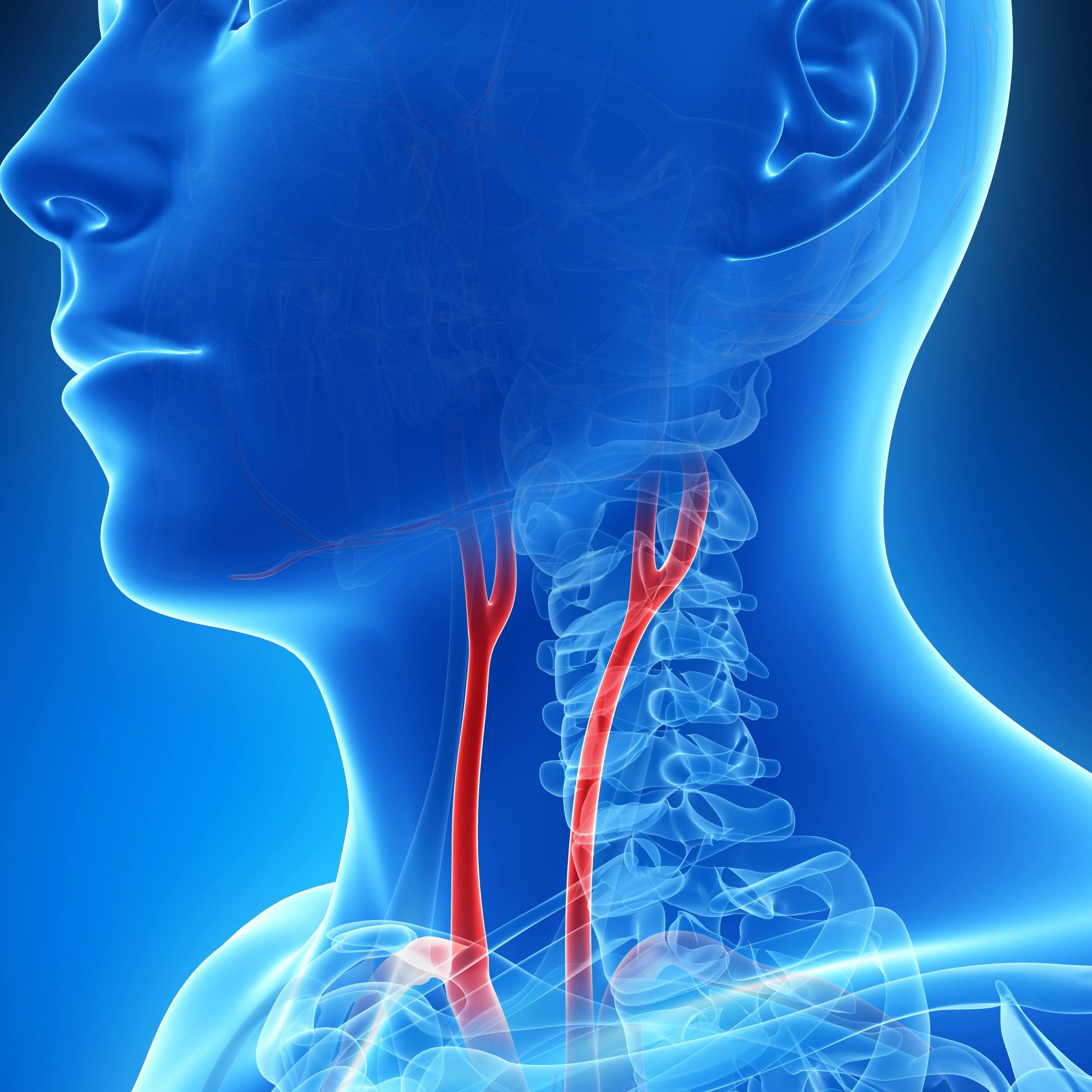-
Science Saturday: How bread yeast and book damage help clarify epigenetics

Genes don't change, but how they are used by the body can. That shift in use (which is called epigenetics) can mean the difference between illness and health. To better understand how that happens Mayo researchers are examining how genes are activated (used) and copied. With a recent publication in the journal Science, a team of basic scientists at Mayo have clarified a key piece of the puzzle; one they hope may lead to better cancer therapy.
The Basics
Think of the human genome, the collection of our genes coded into DNA, like the book of life. Hopefully it comes from the printer in perfect condition, all pages crisp and perfectly bound. Think of the sentences as our DNA, printed on paper. The equivalent to paper in the cell is chromatin.
But the point of a book is to read it, right? Over and over if it's a good one. But maybe you read in the bath and the paper gets a bit wrinkly. Or horrors, you drop the book in the water (this has happened to me). Or maybe you're reading while camping and the book is singed by the fire (this has also happened to me). Or you just read it over and over for years, dog-earing pages and stuffing the book in backpacks and totes (again, me). It can end up looking like this:

Read the rest of the article on Advancing the Science.
_________________________
Other Mayo Clinic medical research websites:
- Research at Mayo Clinic
- Discovery’s Edge
- Advancing the Science
- Forefront
- Mayo Clinic Center for Individualized Medicine
- Mayo Clinic Center for Innovation
- Center for Regenerative Medicine
- Center for the Science of Health Care Delivery







